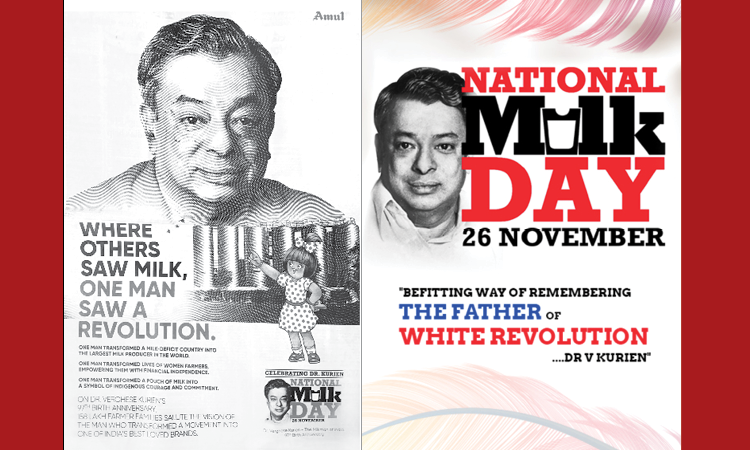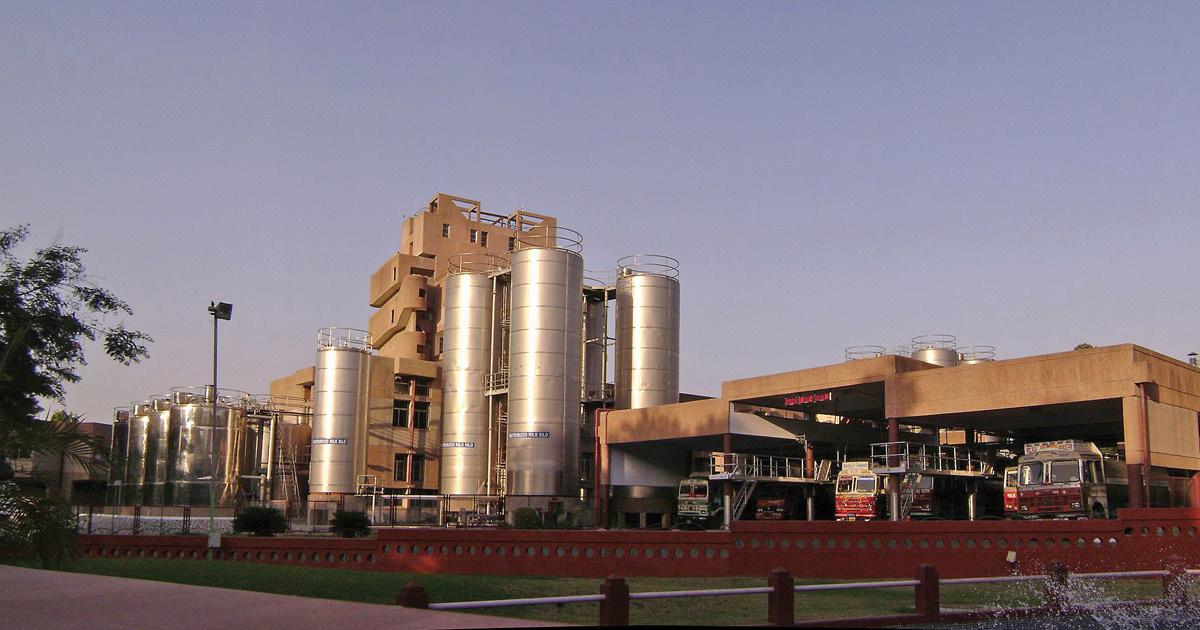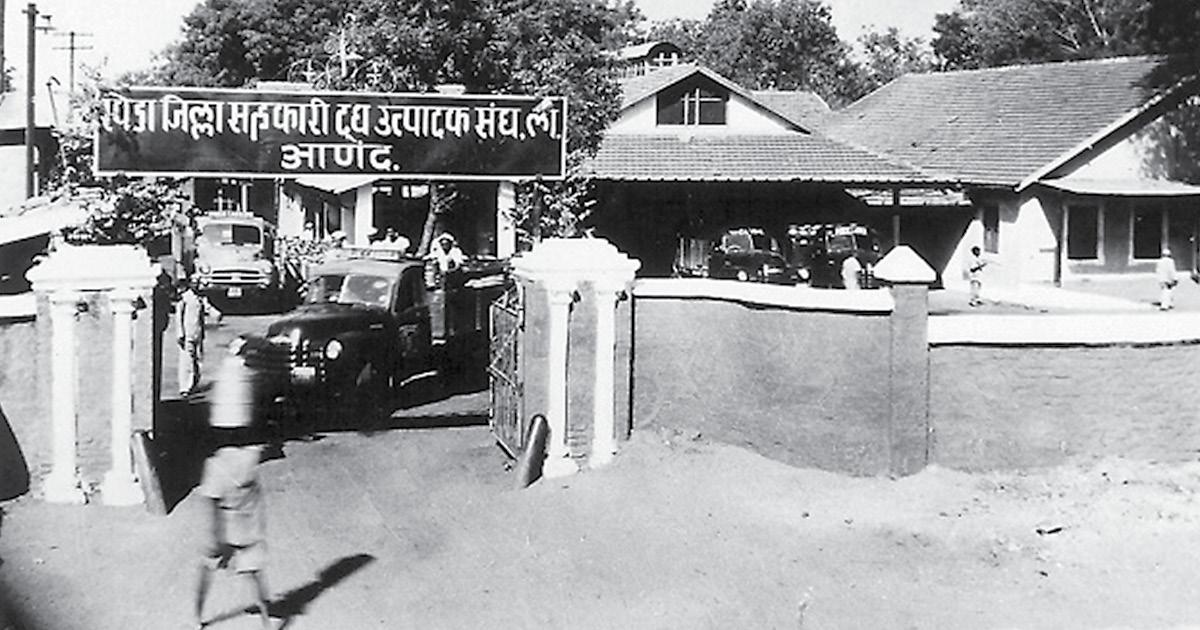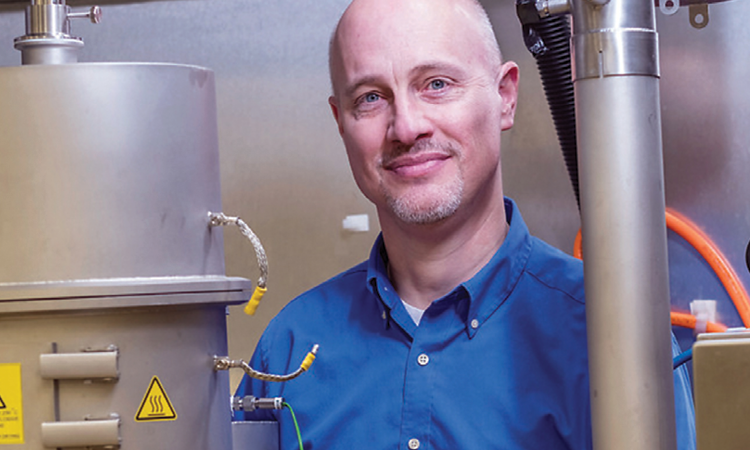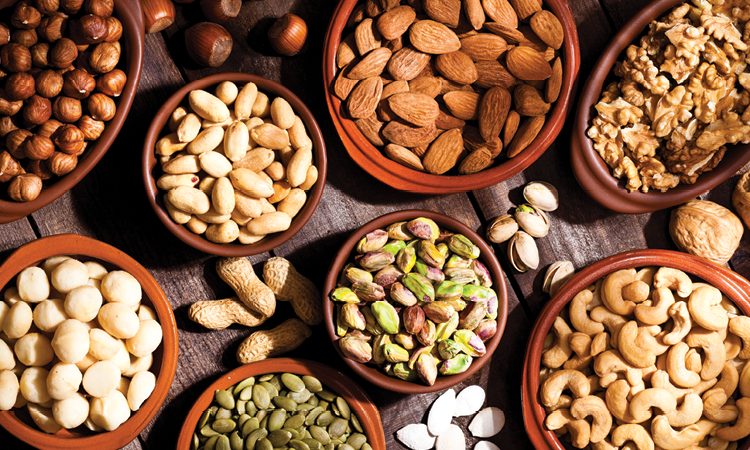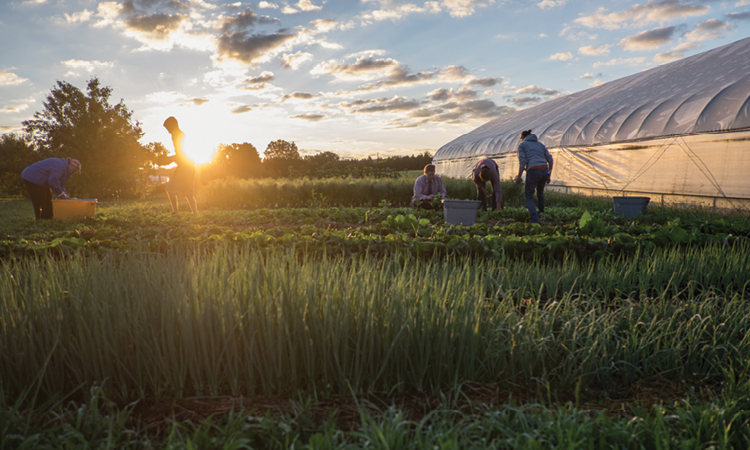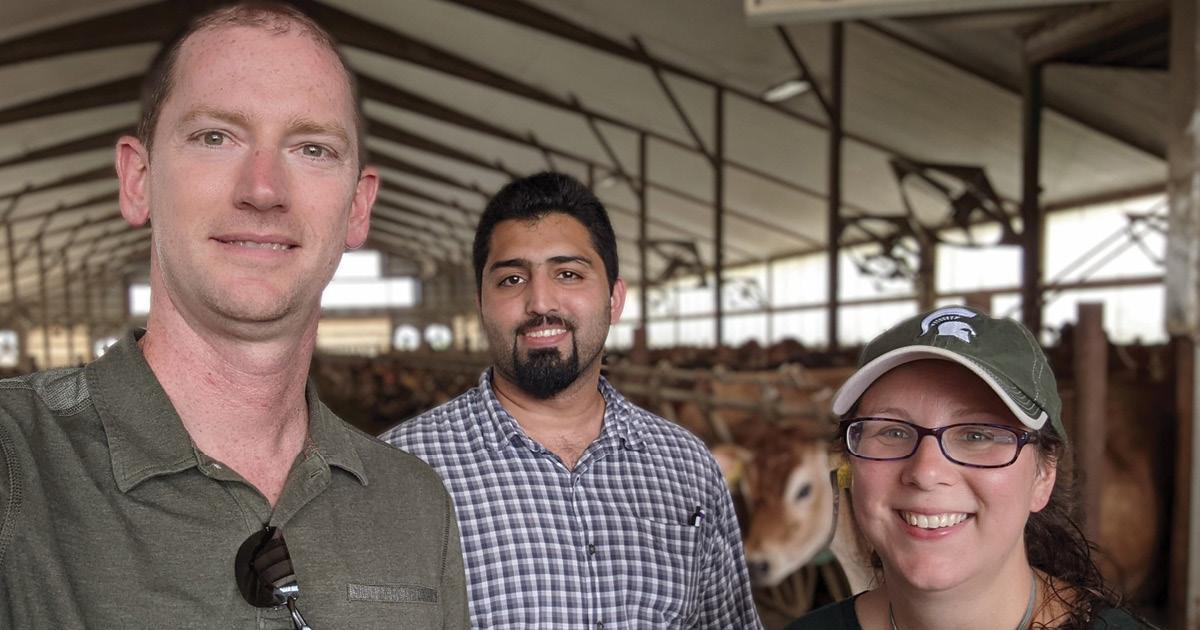Milk. It is a staple in many households. The thing about staples is, they are easy to overlook. The everyday is often taken for granted. At Michigan State, much work is rooted in the opposite. Researchers take nothing for granted as they seek new solutions for populations around the globe and right here at home. No surprise. In East Lansing, there is a long history of contributions to the food world, and the world in general. Not least of which is the story of the late Verghese Kurien.
For anyone unfamiliar with the “Milkman of India,” here is a primer: After receiving an engineering degree in India, Kurien made his way to MSU where he earned a master’s degree in mechanical engineering in 1948. When he returned to India the following year, Kurien began working as a dairy engineer at the small Government Research Creamery in Anand—just as the country was in the throes of battle against a milk monopoly.
For years, the Polson brand had been overpowering dairy producers. The giant would buy milk from farmers for next to nothing and sell it for massive profits, while paying little mind to food safety. The country was milk deficient. It was at this time, from the creamery in Anand—now home to the internationally renowned Amul dairy cooperative—that Kurien fought for better treatment and protection for dairy producers of India.
As rural farmers organized local cooperatives, Kurien orchestrated an effort to take ownership of their product, bringing everything in-house. He used his engineering background to build processing plants, and his entrepreneurial mindset to set up marketing campaigns and shipping schematics. That way, local producers would be able to distribute their milk to local consumers. And that meant fresher, safer dairy products for all. In just a few years, the co-op program in Anand blossomed into a movement of millions of farmers, no longer answering to private interests, but rightfully in control of their milk.
The project was such a success in the region, it was named the national model for dairy distribution. This was labeled Operation Flood, in which Kurien helped deliver milk to the masses via farmer-led co-ops across the country.
Today, India is the world’s number one milk producer. And Kurien’s model has been mirrored by China as well as countries in Southeast Asia and Africa.
“He was a real visionary who built a complete infrastructure. Cold storage, transportation, rural management, even schools,” says Amol Pavangadkar (M.A. ’05, Communication Arts and Sciences), professor of practice and a senior specialist in the School of Journalism who is producing and directing a documentary about Kurien.
For the film, Pavangadkar is working on two separate productions simultaneously: an Indian version, which will receive wide release in multiple languages, and an American version that interweaves Kurien’s journey with that of today’s international students. He hopes to have the films ready for release on Kurien’s 100th birth anniversary later this year.
What fascinates him about Kurien? “Of course I knew who he was, but I didn’t know he went to MSU until 2010. And I have been here since ’02. The story is known worldwide but hasn’t been told from an MSU perspective.”
